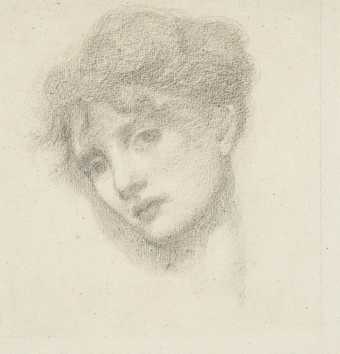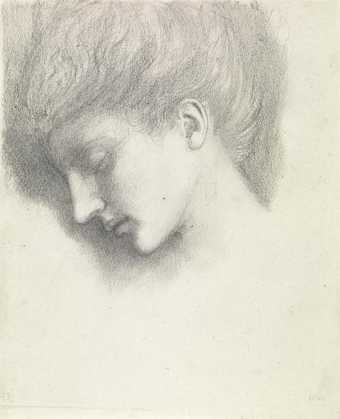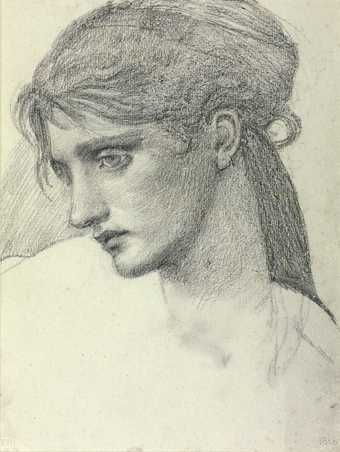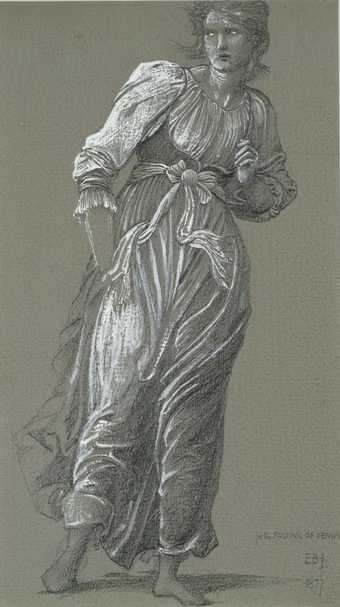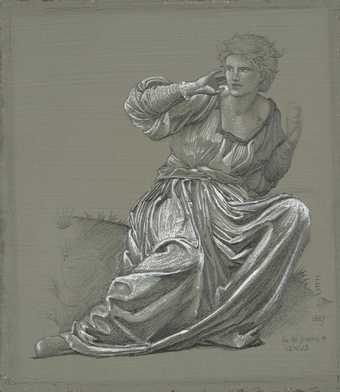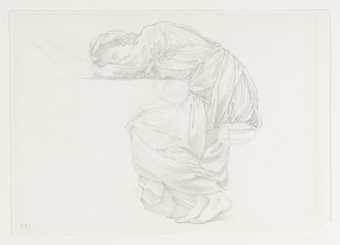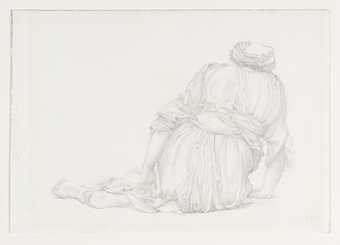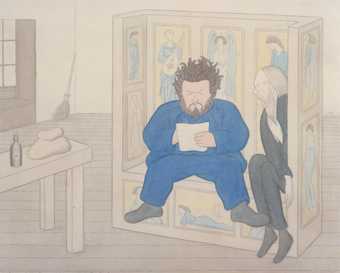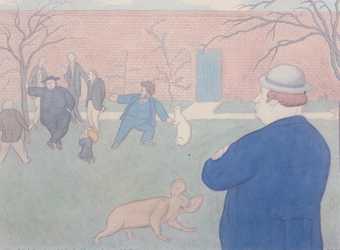Historic and Modern British Art
Biography
Sir Edward Coley Burne-Jones, 1st Baronet, (; 28 August 1833 – 17 June 1898) was an English painter and designer associated with the Pre-Raphaelite Brotherhood's style and subject matter.
Burne-Jones worked with William Morris as a founding partner in Morris, Marshall, Faulkner & Co in the design of decorative arts. His early paintings show the influence of Dante Gabriel Rossetti, but by 1870 he had developed his own style. In 1877, he exhibited eight oil paintings at the Grosvenor Gallery, a new rival to the Royal Academy of Arts. These included The Beguiling of Merlin. The timing was right and he was taken up as a herald and star of the new Aesthetic Movement.
In the studio of Morris and Co. Burne-Jones worked as a designer of a wide range of crafts including ceramic tiles, jewellery, tapestries, and mosaics. Among his most significant and lasting designs are those for stained glass windows the production of which was a revived craft during the 19th century. His designs are still to be found in churches across the UK, with examples in the US and Australia.
This biography is from Wikipedia under an Attribution-ShareAlike Creative Commons License. Spotted a problem? Let us know.
Read full Wikipedia entry

